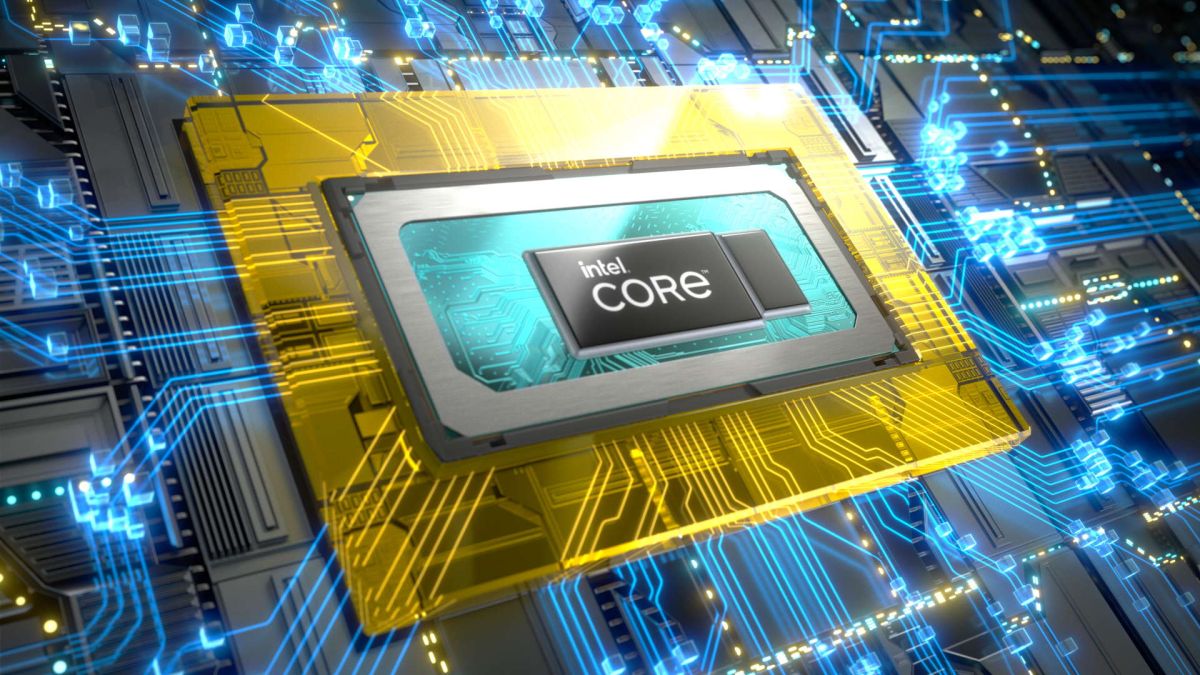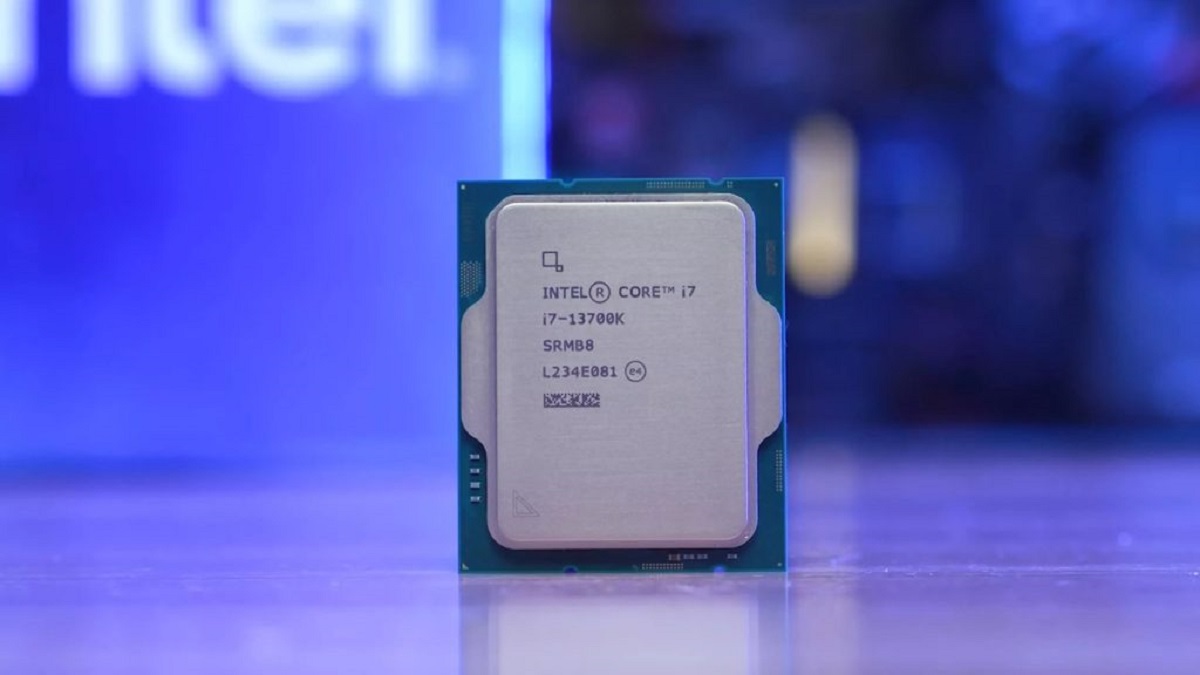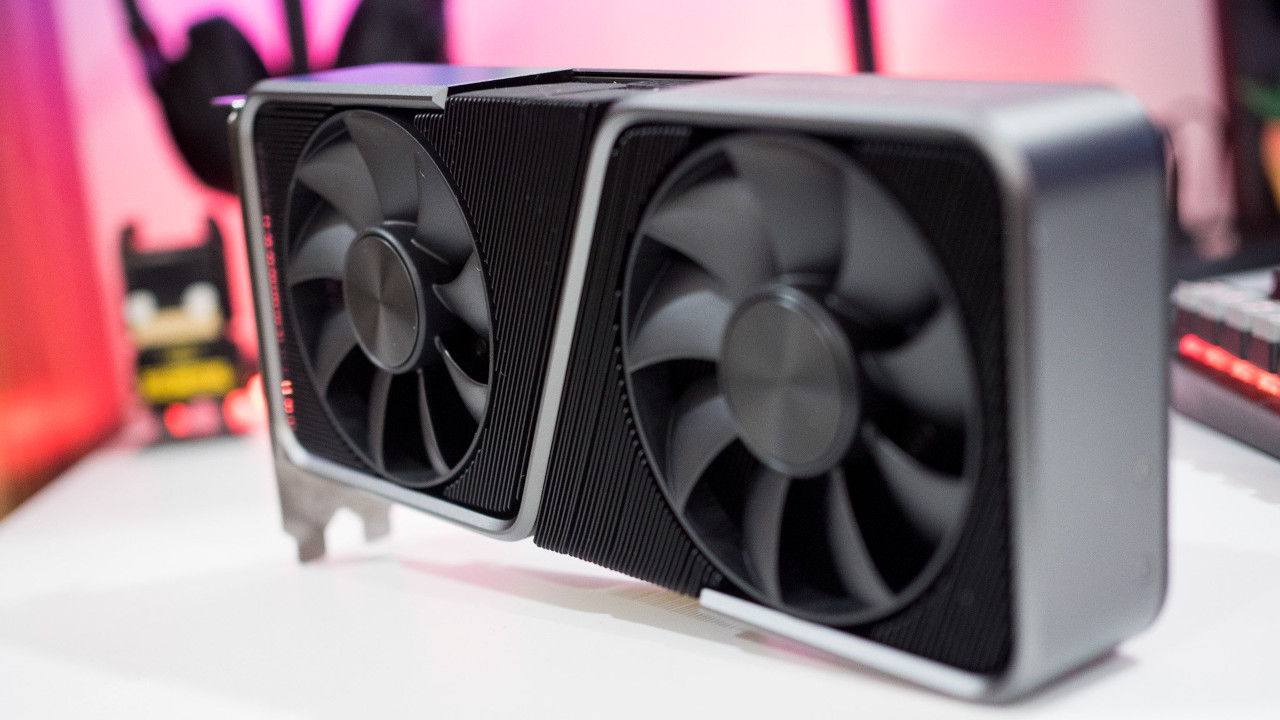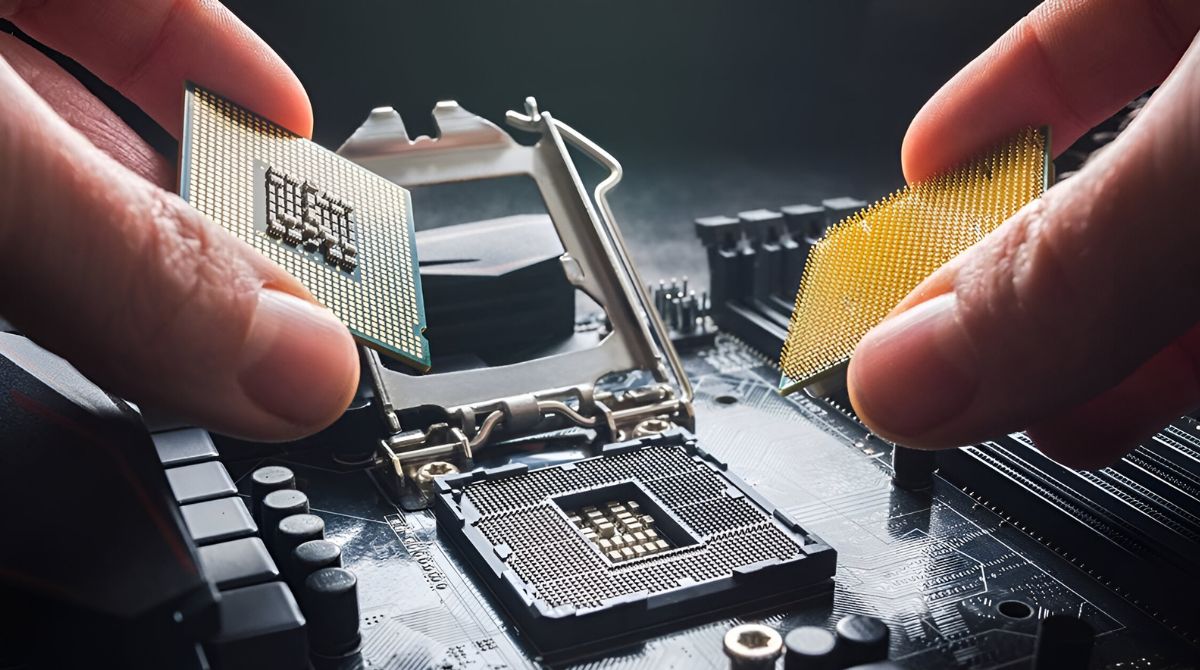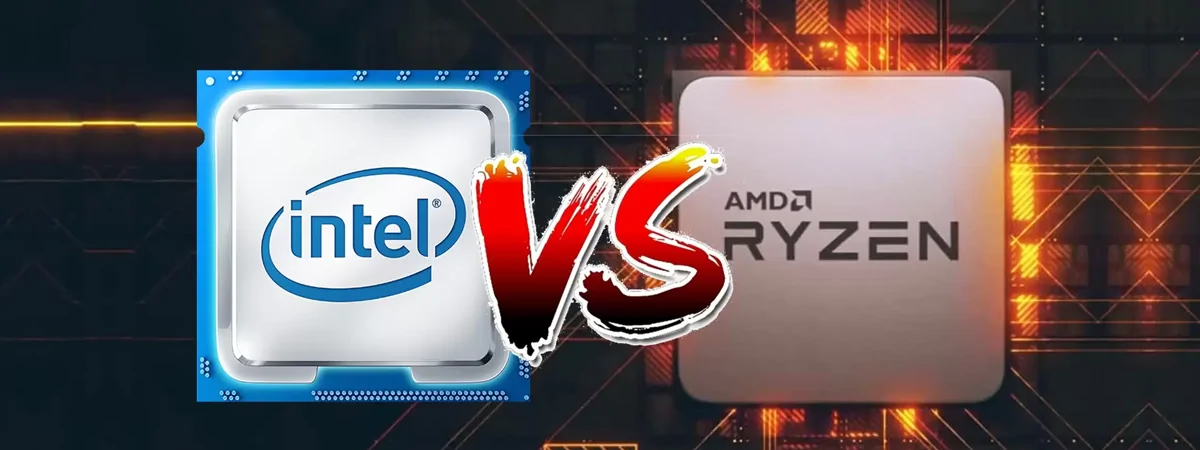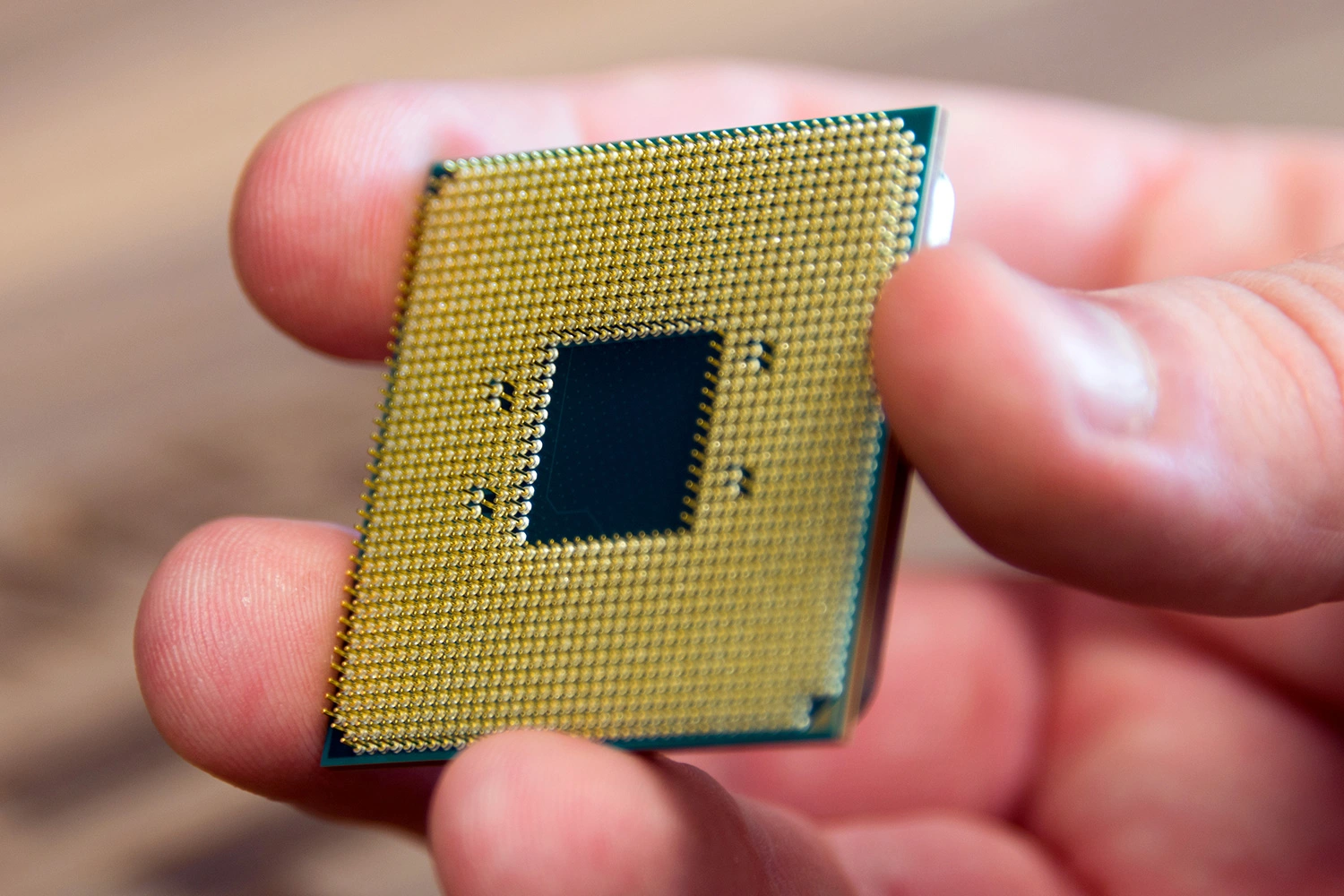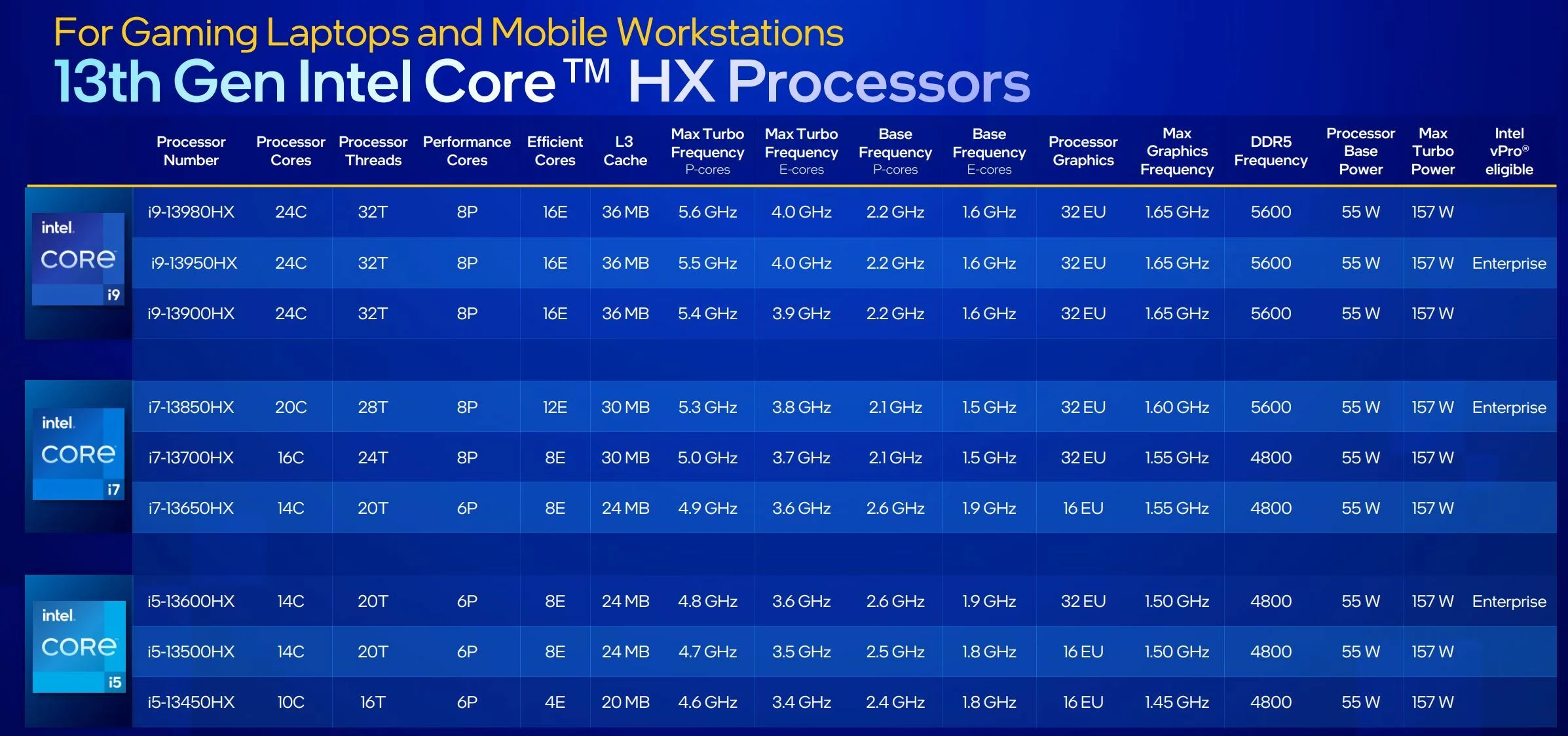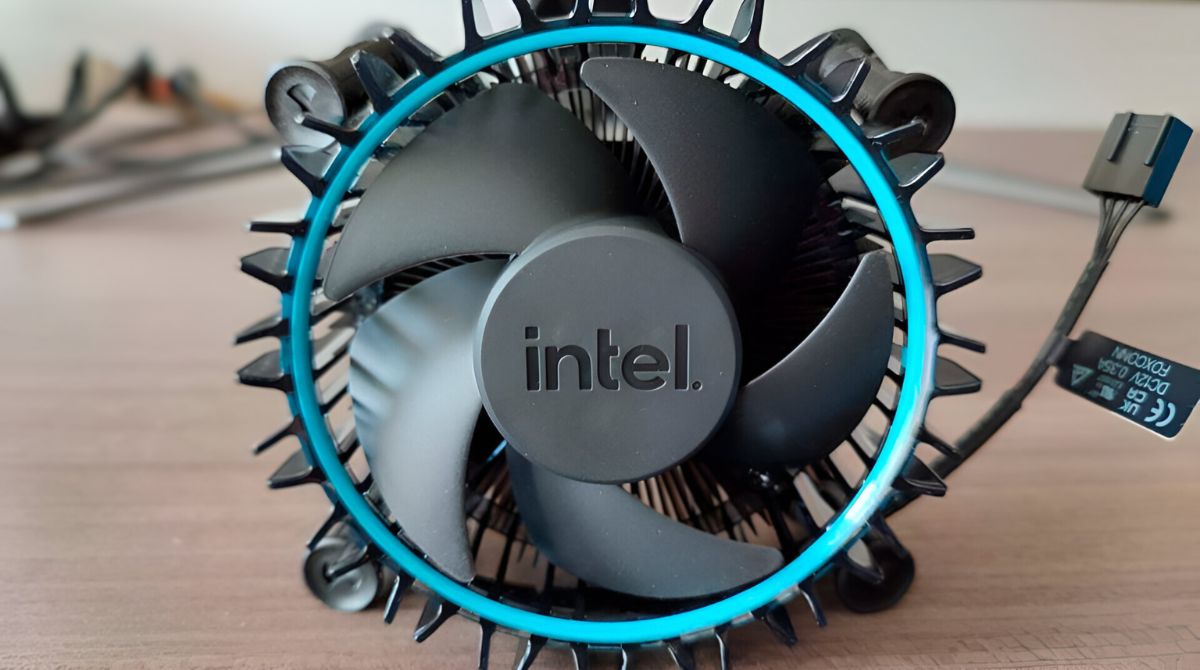Introduction
Welcome to the exciting world of computer processors! If you’re a tech enthusiast or someone who relies heavily on their computer, you’re probably eager to know when the next Intel CPU is coming out. Intel CPUs (Central Processing Units) power many of the world’s most powerful computers, ranging from desktops to laptops and beyond. As a leading manufacturer of processors, Intel is known for its continuous innovation and regular release of new CPUs.
Understanding the release schedule of Intel CPUs can help you plan your computer upgrades and stay up-to-date with the latest technology. In this article, we’ll take a closer look at the release patterns of Intel CPUs, delve into some rumors and speculations about the next Intel CPU, discuss what we can expect from it, and explore the possible release date.
It’s important to keep in mind that the information discussed here is based on speculation, leaks, and industry trends, as Intel often keeps its plans under tight wraps until an official announcement. So, let’s dive in and explore the exciting world of Intel CPUs!
Understanding Intel CPU Release Schedule
When it comes to the release schedule of Intel CPUs, it’s important to understand that there is a certain cadence that Intel follows, although the exact timing can vary. In general, Intel releases new generations of CPUs on a regular basis, aiming to bring improved performance, power efficiency, and new features to users.
Intel typically follows a tick-tock strategy for its CPU releases. The “tick” represents a new manufacturing process node, where the CPUs are produced using a smaller transistor size, leading to better performance and efficiency. The “tock” represents a new microarchitecture, which introduces architectural improvements to further enhance performance.
Historically, Intel has followed a tick-tock release cycle of alternating between introducing a new manufacturing process (tick) and a new microarchitecture (tock) with each new CPU generation. However, in recent years, Intel has experienced some delays and changes to its release schedule due to various reasons, including manufacturing challenges.
Another important aspect to consider is Intel’s product segmentation strategy, which caters to different market segments such as consumer desktops, laptops, and servers. The release schedule for each segment may differ slightly, with the consumer desktop market often being the first to receive new CPU releases.
It’s also worth mentioning that Intel typically releases multiple CPU SKUs (Stock Keeping Units) within each generation to cater to different price points and performance levels. These SKUs vary in terms of clock speeds, core counts, cache sizes, and integrated graphics capabilities.
Overall, understanding the Intel CPU release schedule can give us an idea of when to expect the next CPU generation. However, it’s important to note that Intel’s release plans are subject to change, and specific release dates are often not confirmed until closer to the actual launch.
Rumors and Speculations about the Next Intel CPU
The tech community is abuzz with rumors and speculations about the next Intel CPU. While Intel keeps its plans under wraps until an official announcement, there have been several leaks and speculations that give us a glimpse into what we can expect.
One of the key rumors surrounding the next Intel CPU is that it will be based on a new microarchitecture. Intel has been working on its next-generation microarchitecture, codenamed “Willow Cove,” which promises significant performance improvements over the current architecture. It is expected to bring enhancements in areas such as IPC (Instructions Per Clock) and power efficiency.
Another rumor suggests that the next Intel CPU may introduce higher core counts. With AMD’s recent success in releasing processors with multiple cores, there is speculation that Intel might follow suit to stay competitive. This could mean that we could see consumer-level CPUs with more cores, allowing for better multitasking and improved performance in demanding applications.
In terms of manufacturing process, the next Intel CPU is expected to be based on the 10nm or even the highly anticipated 7nm process. Intel has been facing challenges in transitioning to smaller process nodes, and the next CPU release could be a significant milestone in that regard.
In addition to performance improvements and process nodes, there are rumors about potential new features. For example, there is speculation about improved integrated graphics capabilities, which could benefit both gamers and professionals who rely on GPU-intensive tasks.
Furthermore, rumors suggest that Intel may focus on improving AI (Artificial Intelligence) capabilities in the next CPU generation. With AI becoming increasingly important across various industries, having dedicated hardware for AI-related tasks can provide a significant performance boost.
While all these rumors and speculations are exciting, it’s essential to take them with a grain of salt. Until Intel makes an official announcement, they are subject to change. Nonetheless, these rumors give us a glimpse into the exciting possibilities that the next Intel CPU may bring.
What to Expect from the Next Intel CPU
The next Intel CPU is expected to bring a range of improvements and advancements over its predecessors. While specific details are not confirmed, we can make some educated guesses based on industry trends and Intel’s previous releases.
Performance is always a key focus for Intel, and the next CPU generation is likely to deliver notable performance gains. Whether through architectural enhancements, higher clock speeds, or increased core counts, users can expect an overall improvement in computing power. This means faster and smoother performance in demanding tasks, such as gaming, video editing, and data analysis.
Another area that could see significant improvement is power efficiency. Intel has been striving to reduce power consumption while maintaining or even enhancing performance. By utilizing advanced manufacturing processes and optimizing the microarchitecture, the next CPU generation may offer better energy efficiency, translating to longer battery life for laptops and lower power consumption for desktop systems.
Integrated graphics performance is also expected to receive a boost. With more people using their computers for gaming and creative tasks, improved integrated graphics capabilities can provide a better gaming experience and enable smoother video playback and editing without the need for a separate dedicated graphics card. This can be especially beneficial for budget-conscious users who don’t require the highest-end graphics performance.
Connectivity features could also be enhanced in the next Intel CPU. We might see support for faster Wi-Fi standards, such as Wi-Fi 6 (802.11ax), enabling faster wireless internet speeds and improved connectivity. Furthermore, advancements in USB and Thunderbolt technologies could offer faster data transfer rates and greater versatility in connecting peripherals.
Security is always a top priority, and Intel is likely to continue implementing robust security measures in the next CPU generation. Improved hardware-level security features, such as advanced encryption capabilities and protection against potential vulnerabilities, can provide users with peace of mind when it comes to safeguarding their data.
Overall, users can expect a combination of performance, power efficiency, graphics enhancements, connectivity improvements, and security features from the next Intel CPU. While specific details will be unveiled closer to the official launch, these expectations paint an exciting picture of what the next generation of Intel CPUs may bring to the table.
Possible Release Date of the Next Intel CPU
While Intel has not officially announced the release date for its next CPU, we can make some educated guesses based on historical patterns and industry speculation.
Historically, Intel has followed a fairly consistent release schedule, with new CPU generations typically launching within a year or two of each other. Taking this into consideration, it’s reasonable to expect the next Intel CPU to be released sometime in the next year or two, depending on various factors such as development progress, manufacturing challenges, and market demand.
Rumors and leaks often give us some hints about the potential timing of an upcoming CPU release. In recent years, Intel has faced some delays in transitioning to smaller manufacturing process nodes, which could impact the release timeline. However, Intel is known for its commitment to delivering cutting-edge technology and staying competitive in the market, so we can anticipate that the next CPU will arrive in the relatively near future.
Additionally, considering the recent advancements in competing products from AMD and other manufacturers, Intel may be motivated to accelerate its release schedule to remain competitive in the market. This could result in an earlier than expected launch of the next Intel CPU.
It is also worth noting that the consumer desktop segment often receives new CPU releases before other market segments such as laptops and servers. So, if you’re specifically interested in a desktop CPU, you might expect the release to occur earlier for that particular segment.
Ultimately, while we can make certain predictions based on historical trends and industry insights, the exact release date of the next Intel CPU is known only to Intel. It’s advisable to keep an eye on official announcements and news updates from Intel to stay informed about the release date and any potential changes to the schedule.
Conclusion
As we eagerly anticipate the release of the next Intel CPU, it’s important to keep in mind that the information discussed in this article is based on speculation, rumors, and industry trends. While we can make educated guesses about the possible features, performance improvements, and release dates, the specifics will be confirmed by Intel when they make an official announcement.
Understanding the release schedule and trends of Intel CPUs can help us prepare for future upgrades and stay informed about the latest technology advancements. Intel’s commitment to innovation and competition ensures that the next CPU generation will bring improvements in performance, power efficiency, and features to meet user demands.
As technology enthusiasts, we can look forward to potential enhancements such as improved architectural design, higher core counts, better integrated graphics, and enhanced connectivity options. These improvements can translate into faster and more efficient computing experiences, whether you’re gaming, working on creative projects, or handling demanding tasks.
It’s important to keep an eye on official announcements from Intel to get accurate and up-to-date information about the next CPU release. Until then, let’s embrace the excitement and anticipation surrounding the next Intel CPU, knowing that it will further push the boundaries of technology and empower us to achieve more with our computers.







